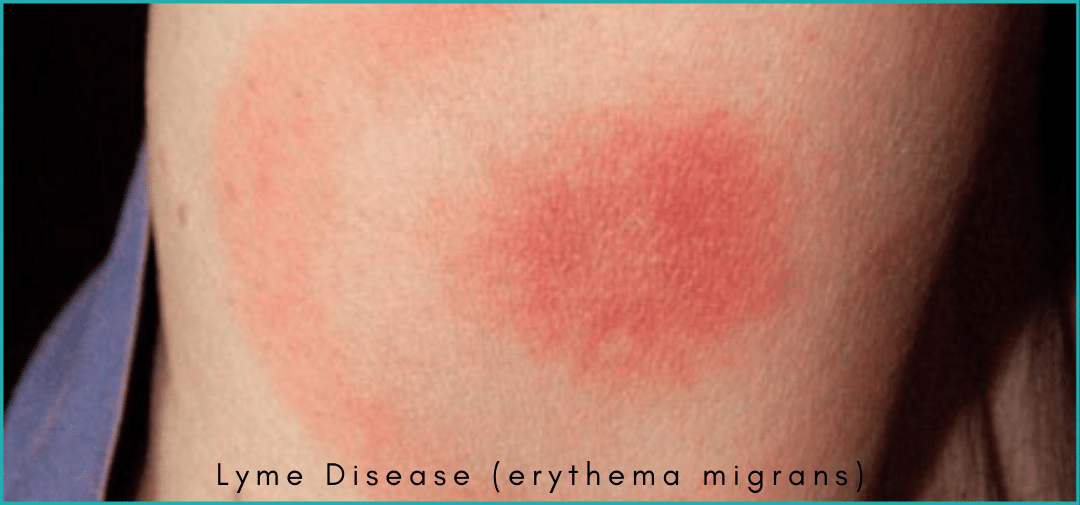Things to know when you get a tick bite
Tick are common in Oklahoma during the spring and summer months but what should you do when your get a tick bite?
Ticks can spread disease including Lyme disease and Rocky Mountain spotted fever. It’s important to know the symptoms of these illness, how to identify their rashes, and when you need treatment.
Direct Primary Care of Oklahoma is membership based health clinic committed to providing comprehensive, affordable family medicine care. You deserve a health care model that puts your needs first, we can help.
Lyme disease is the most common tickborne illness in the United States. It is most prevalent in New England and the mid-Atlantic region and is uncommon in south-central states such as Oklahoma.
Rocky Mountain spotted fever (RMSF) is transmitted by the Wood tick, American dog tick, and Brown dog tick throughout Southeastern and south-central states including Oklahoma. RMSF is the most lethal tickborne disease in the United States with a mortality rate of 5-10%.
What are the symptoms of Lyme disease?
Early localized symptoms of Lyme disease include fever, chills, fatigue, headache, muscle aches, and a characteristic rash called erythema migrans (EM). This “bullseye” rash occurs at the site of the tick bite after 3-30 days and is present in 70-80% of Lyme cases.
What are the symptoms of Rocky Mountain spotted fever?
Symptoms of Rocky Mountain spotted fever (RMSF) begin 5-7 days after the tick bite and include flulike symptoms (fever, headache, nausea/vomiting, muscle aches) and rash. This “spotted” rash starts at the wrists, forearms, and ankles then spreads to the trunk. Over 90% of individuals with RMSF will develop this characteristic rash but less than 50% have it as an initial symptom.
How can tick related illnesses be prevented?
Tick repellants containing N,N-diethyl-toluamide (DEET), Picardin, IR3535, and Permethrin provide effective protection against ticks. DEET is safe for children older than two month of age.
Check skin after outdoor activities to identify and remove ticks quickly. Ticks attached for 36-48 hours can transmit disease. Use blunt forceps to manually remove any ticks whole. Retention of part of the tick in the skin can increase your risk of infection.
A single dose of doxycycline may be used for prophylaxis against Lyme disease within 72 hours of tick removal.
What should I do after a tick bite? Do I need to get tested after a tick bite?
The diagnosis for each of these illnesses is generally made clinically and does not require laboratory testing. If you are not having symptoms, you do not need any testing.
For early Lyme disease, the erythema migrans (EM) rash with a history of tick exposure in an endemic area is enough to make the diagnosis. If Lyme disease is suspected but EM rash is not present, serologic testing may be done.
For Rocky Mountain spotted fever, diagnosis is made by clinical signs and symptoms. Antibody testing can be done to confirm the diagnosis; however, antibodies may not be present for 2-4 weeks after exposure and shouldn’t be relied upon to start treatment.
Take away to remember...
Ticks typically require 36-48 hours of feeding to transmit infection. Prompt removal is crucial! If you are having any symptoms of illness following your tick bite, you should be evaluated by your primary care physician.
Get the latest health news and updates sent directly to your email for free!







